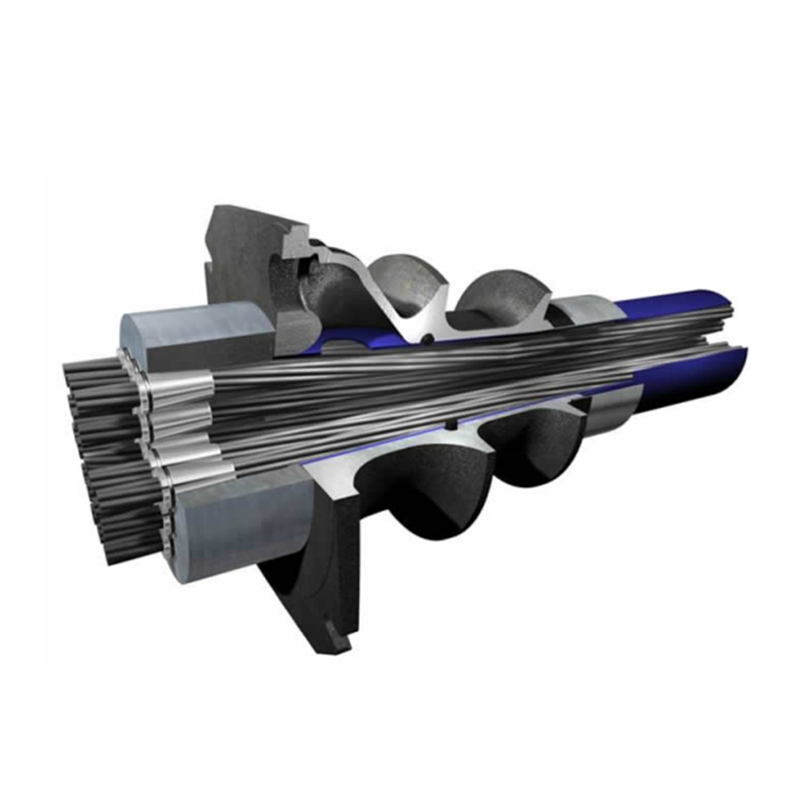In the realm of structural engineering, prestressing and post-tensioning are two crucial techniques employed to reinforce concrete structures, enhance their strength, and mitigate potential vulnerabilities. While both methodologies aim to bolster the integrity of concrete elements, there exist fundamental disparities between them. This article delves into the nuances of prestressing and post-tensioning, elucidating their disparities, applications, and advantages.

Prestressing is a technique utilized in structural engineering to introduce compressive stresses into a concrete element before it is subjected to external loads. This method involves the application of mechanical forces or tendons to induce compression within the concrete, thereby counteracting the tensile forces that the structure will encounter during its service life. The primary objective of prestressing is to enhance the structural capacity and durability of concrete components, ensuring their ability to withstand anticipated loads and environmental conditions.
There are two primary forms of prestressing: pre-tensioning and post-tensioning.
In pre-tensioning, the tendons are tensioned before the concrete is poured. The tendons are usually laid out in a pre-defined configuration within a casting bed, and once the concrete achieves sufficient strength, the tendons are anchored, resulting in compression being transferred to the concrete.
Conversely, post-tensioning involves tensioning the tendons after the concrete has hardened. Ducts or conduits are embedded within the concrete, through which the tendons are threaded. Once the concrete has cured, the tendons are tensioned and then anchored, generating compression within the concrete.
Post-tensioning is a technique wherein high-strength steel tendons are installed within the concrete structure and subsequently tensioned after the concrete has set. This process enables the concrete to withstand higher loads and deflections by inducing compressive forces within the concrete element.
Post-tensioning finds extensive applications in various structural elements, including:
Bridges
Parking structures
High-rise buildings
While both prestressing and post-tensioning techniques aim to enhance the performance of concrete structures, they differ significantly in several aspects:
One of the primary distinctions lies in the timing of tendon tensioning. In prestressing, the tendons are tensioned either before (pre-tensioning) or after (post-tensioning) the concrete is cast, whereas post-tensioning exclusively involves tensioning the tendons after the concrete has set.
The construction process also varies between prestressing and post-tensioning. Pre-tensioning necessitates a dedicated casting bed, where the tendons are tensioned before concrete placement. On the other hand, post-tensioning involves the installation of ducts or conduits within the concrete, through which the tendons are threaded and tensioned after the concrete has cured.
Post-tensioned offers greater flexibility in design compared to pre-tensioning. Since the tendons are tensioned after the concrete has set, engineers have more control over the final configuration and can optimize the structural performance to meet specific project requirements.
Both prestressing and post-tensioning techniques offer numerous advantages, including:
Enhanced structural strength and durability
Increased resistance to cracking and deflection
Potential for longer spans and reduced material usage
Improved seismic performance and resilience
Cost-effectiveness in long-term maintenance and operation
In conclusion, while prestressing and post-tensioning share the common objective of reinforcing concrete structures, they differ significantly in their methodologies, applications, and advantages. Understanding the disparities between these techniques is crucial for structural engineers and architects to select the most suitable approach for their projects, ensuring optimal performance, longevity, and safety.
Copyright:@2020-2021
Comments Please sign in or sign up to post.
0
0 of 500 characters used